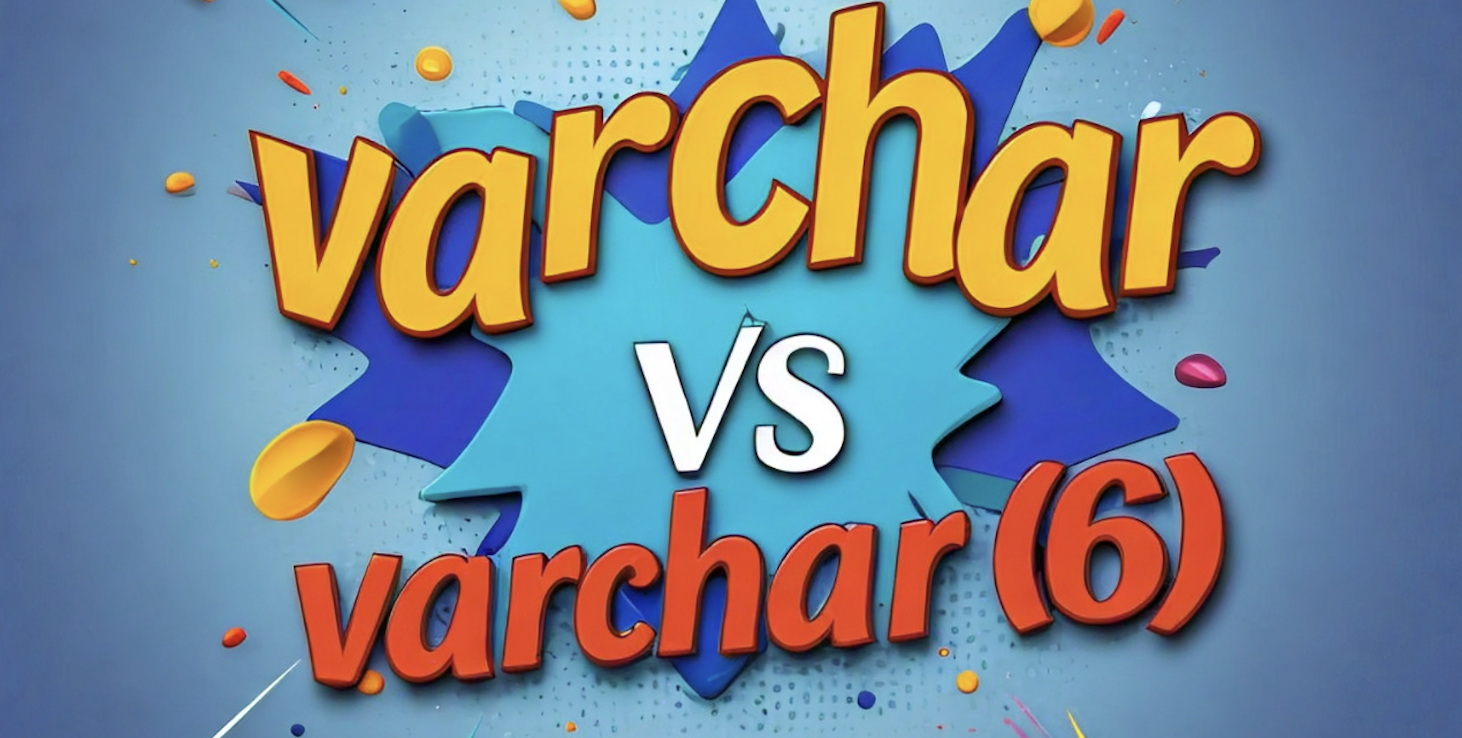VARCHAR vs VARCHAR(6)
 Dushyanth
Dushyanth
In PostgreSQL, varchar and varchar(n) are both used to define variable-length character string data types, but they have different implications regarding storage, constraints, and performance.
1. Here's a detailed breakdown of the differences:
varchar: This defines a variable-length character string with no specified maximum length. It can store strings of any length, up to the maximum limit imposed by PostgreSQL, which is about 1 GB.varchar(n): This defines a variable-length character string with a specified maximum length ofncharacters. If you attempt to store a string longer thann, PostgreSQL will raise an error.
2. Storage:
- Both
varcharandvarchar(n)store data in a variable-length format, which means they use only the amount of storage necessary to hold the actual string, plus a small amount of overhead (1 or 4 bytes depending on the string length).
3. Length Constraints:
varchar: There are no constraints on the length of the strings that can be stored. You can store strings of any length, up to the maximum supported by PostgreSQL.varchar(n): There is a constraint on the length. For example, if you define a column asvarchar(6), you can only store strings with up to 6 characters. Attempting to insert a longer string will result in an error.
4. Performance:
- In general, there is no significant performance difference between
varcharandvarchar(n)for most use cases. However, usingvarchar(n)can help enforce data integrity by ensuring that strings do not exceed a certain length, which can prevent issues downstream in your application logic.
5. Indexing:
- Both
varcharandvarchar(n)types can be indexed. However, if you usevarchar(n), PostgreSQL can optimize storage and performance slightly better in some cases because it knows the maximum length of the data it has to deal with.
Subscribe to my newsletter
Read articles from Dushyanth directly inside your inbox. Subscribe to the newsletter, and don't miss out.
Written by

Dushyanth
Dushyanth
A Full Stack Developer with a knack for creating engaging web experiences. Currently tinkering with GO.